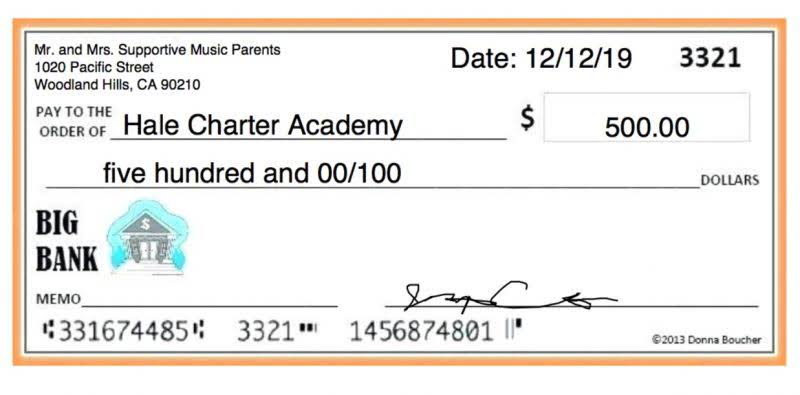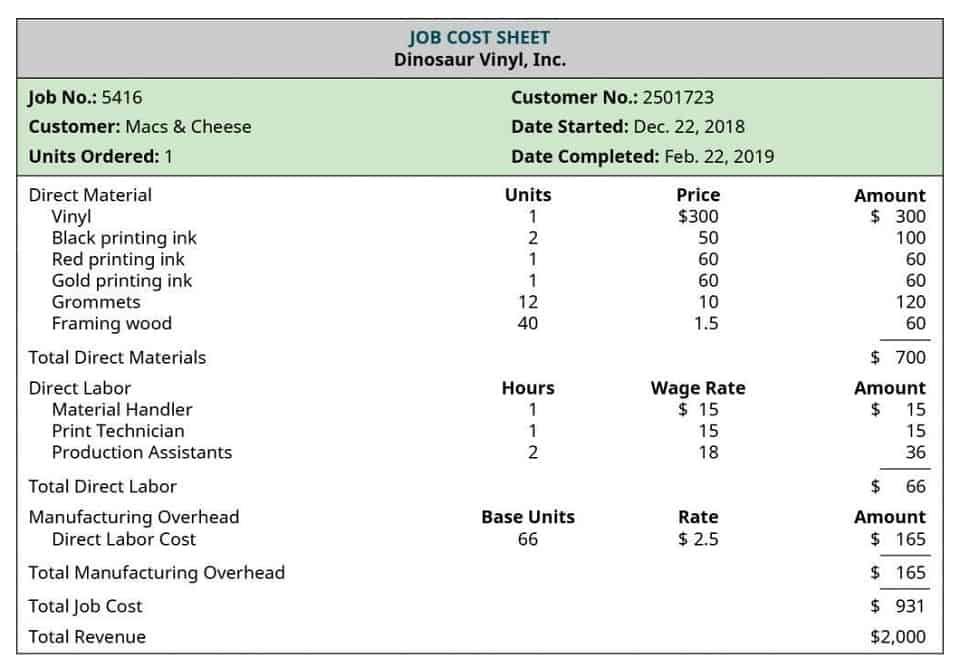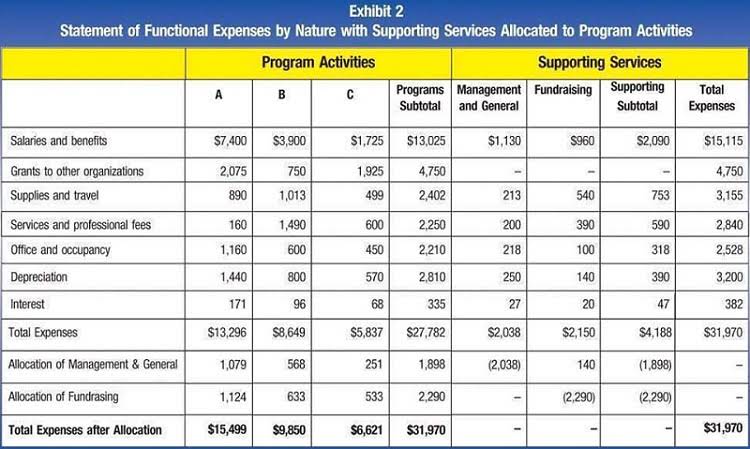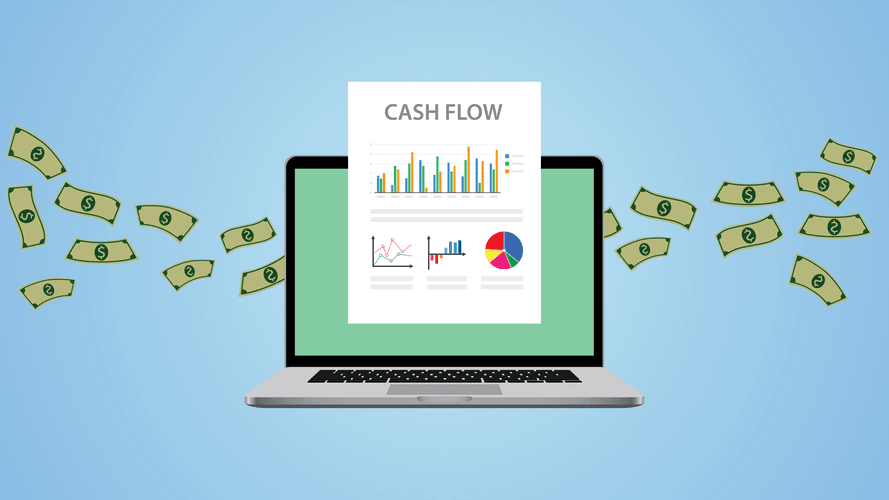
Some accounting software comes with invoicing features, like automated payment reminders, or you may opt for separate invoicing software. Double-entry accounting enters every transaction twice as both a debit and a credit. Your business’s books are balanced when all of the debits equal (or cancel out) all of the credits. And since it takes equity, assets and liabilities — on top of expenses and income — into account, it typically gives you a more accurate financial snapshot of your business. Single-entry accounting records all of your transactions once, either as an expense or as income.
Accounting for Small Businesses: A Comprehensive Guide to Financial Management

The steps you take from day one can help determine your experiences as a business owner. Stick to the three golden rules and consider using a quality software solution that can automate much of the work, and you’ll be able to keep accurate and compliant books with only a few work hours a month. Secure cloud storage – Cloud based software will securely store and back-up your data, so if you run into any issues onsite, you’ll have peace of mind that your information is safe and still accessible. Mobile functionality – Being able to access the software on a mobile device allows you to stick to your bookkeeping schedule, even when you’re on the move. This way, you can avoid tasks adding up simply because you didn’t have access to your system.
What skills does a bookkeeper need?
It’s like driving a car without a fuel gauge or a map—sooner or later you’re going to get lost or run out of gas. The Ascent is a Motley Fool service that rates and reviews essential products for your everyday money matters. Once you have this information in place, find a good payroll service provider, and get ready to hire your first employee. The IRS has a January 31 deadline for reporting the annual earnings of your full-time employees (W-2s) and most independent contractors (1099s). This deadline includes mailing copies of the tax forms to the people who worked for you. Once you approve and pay an invoice, you can then log the receipt as a source document to verify the debit (or multiple debits, if the transaction is split) of another account.
Keep Tabs on Labor Costs
Because different companies use different assets for different periods of time, it wouldn’t be fair to simply allow companies to apply set rates of depreciation to offset their tax bill. Needless to say, holding on to proofs of purchase is really important when you’re running a business, so make sure you file invoices and receipts in a safe place. When you’re running a small business, it can be hard to know what the line is between a completed and uncompleted sale – a crucial difference when it comes to your year-end accounts. Finally, it’s a good idea to also include explanatory notes that add further detail to the balance/profit and loss sheets, so that the figures are given proper context.

Best Free Accounting Software for Small Businesses
And those transactions should be recorded accurately to ensure that you have the correct amounts when you’re ready to deduct business expenses on your taxes. Small businesses also manage their own accounts record keeping for small business receivable to make sure they get paid on time for goods and services that have already been bought or rendered. The process involves sending estimates and invoices and keeping track of due dates.
Can I do my own bookkeeping for my business?

In the worst cases, a lack of cash can prompt insolvency, pushing businesses into bankruptcy or closure. Therefore, ensuring a steady and reliable cash flow is paramount to safeguarding the stability and longevity of any small business. Automating tasks can save you time that can be better spent elsewhere https://www.bookstime.com/ in your business. These five bookkeeping tasks seem like a lot to think about, but you can make things significantly easier by following three golden rules. Combine these with quality accounting or bookkeeping software, and you’ll stay on top of your books every month without breaking a sweat.
- Under double-entry bookkeeping, all transactions are entered into a journal, and then each item is entered into the general ledger twice, as both a debit and a credit.
- Purchase receipts should always be kept as proof that the purchases took place.
- The most fundamental part of accounting, especially for a small business, is keeping accurate track of any cost that the business incurs.
- In this day and age, more and more businesses are switching from receiving payments offline to online.
- The main difference between the two is that single-entry bookkeeping only requires writing down a single entry for each business transaction you perform.
- Your kitchen table works as a desk for a short time, but if you’re serious about your business and want to maximize productivity (and save your lower back), you’ll need a more permanent space to work.
Learn basic bookkeeping concepts
Instead, you’re ready to transform the cringey task into a powerful mechanism for creating financial business reports. Depending on which software solution you choose (see step 3), you’ll do this manually, or you’ll automate it. The good news is that when you learn how to keep books for small business, it makes important decisions easier and minimizes preventable financial mistakes. Try Shopify for free, and explore all the tools you need to start, run, and grow your business. The payment provider you use should keep a log of the fees incurred for each payment.



